Things are quieting down in the sports tech world as companies tend to take a breather after the busy fall season for most of them. Still, there’s always a few items that pop-in around this timeframe, and this post is here to cover them. Plus, it gives you a reprieve on Black Friday sales (which, are admittedly very solid this year), and gives me a distraction for the two in-depth reviews I’m putting finishing touches on for the coming day or three. I’m always up for a distraction.
With that, let’s dive into it.
Netflix & Peloton:
This first one has been a LOOOOONG time coming. Back many months ago, pretty much seasons ago at this point, Peloton started rolling out integration with various online entertainment platforms including Netflix, Disney+, MAX, NBA, and YouTubeTV. These were officially in beta, and the exact platforms came and went without much warning. Just as who they were rolled out to was nearly as random. But as of this week, it’s finally out in production – along with a new sign-in screen and dashboard to boot.
Setup seemed relatively straightforward for me. I went to the ‘Entertainment’ option on the Peloton Bike (Bike+ in my case):

Then selected Netflix.

From there I signed in, and it was pretty much a normal Netflix tablet experience in terms of choosing shows/movies/etc.
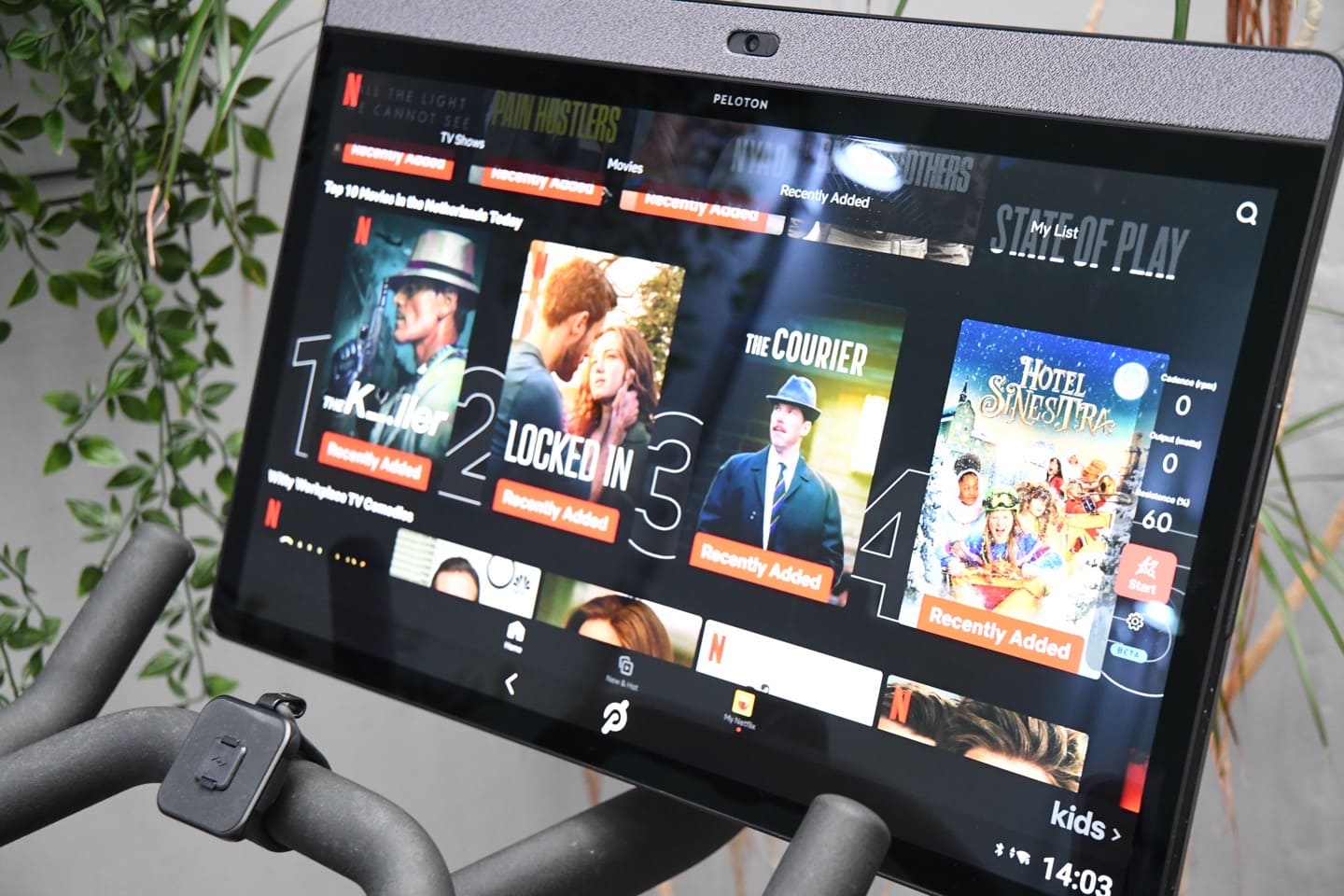 On the right side you’ll see a slim-bar of your ride stats. So the idea being that you can watch what you want to watch, while recording your ride.
On the right side you’ll see a slim-bar of your ride stats. So the idea being that you can watch what you want to watch, while recording your ride.
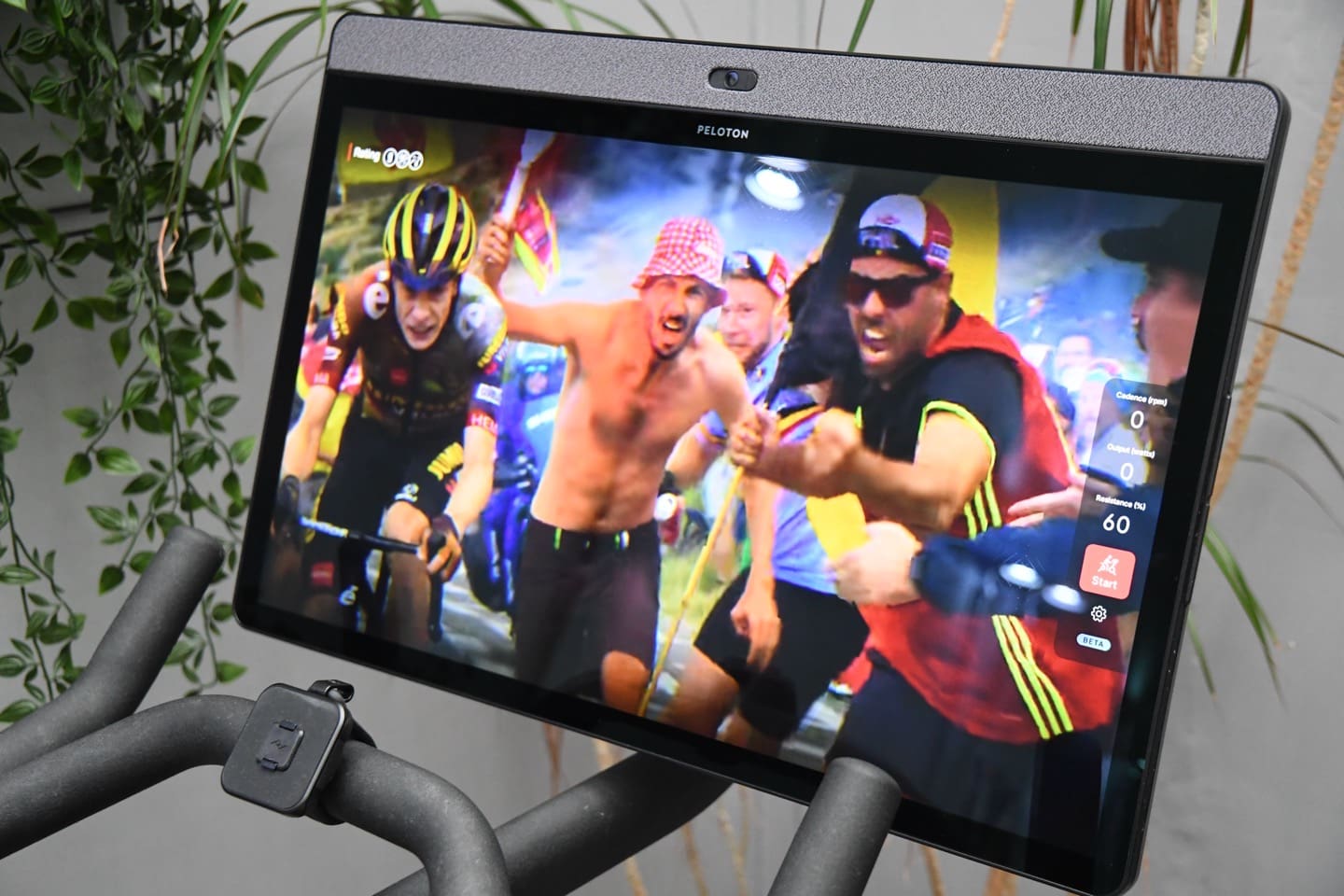
Note that the YouTube listed there is not YouTube, but rather YouTubeTV (basically like a cable operator), and in my case since I live outside the US, it didn’t work. Thus, not watching YouTube sessions here. Yet anyway.
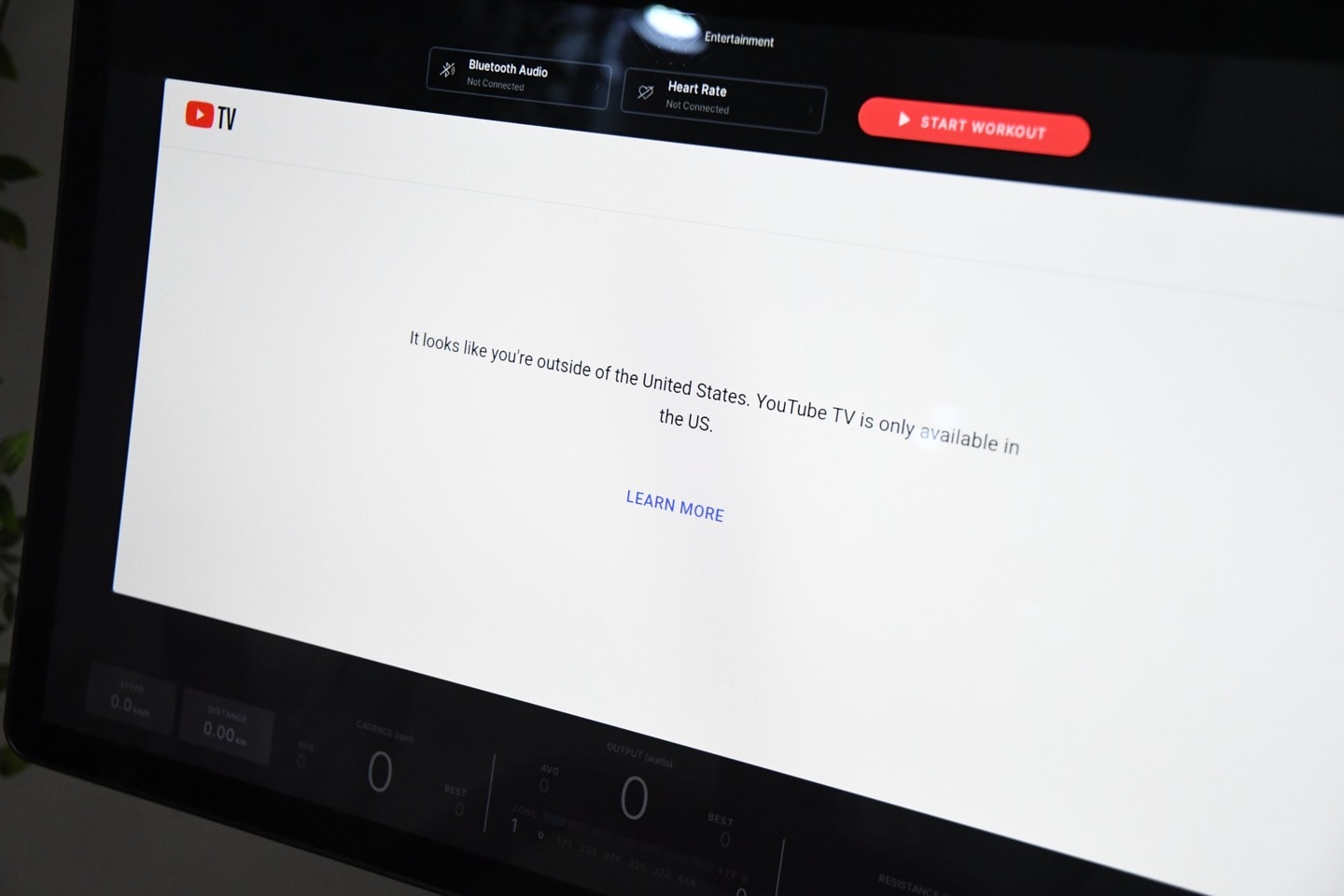
While this whole concept may seem perplexing to some (given if you just want to watch Netflix, buy a cheaper bike and not pay the subscription). But my wife is actually a pretty good example of this. We have a Peloton Bike she uses from time to time, but rarely does a specific Peloton workout. It’s often just a place to get in a recovery ride, or a mindless Z2 ride. In her case she’s almost always either reading a book (on phone), or watching a Netflix show (on her phone). So, this works out perfectly, as there’s actually no TV in the spot the Peloton Bike is in.
Apple Satellite Emergency SOS Extended:
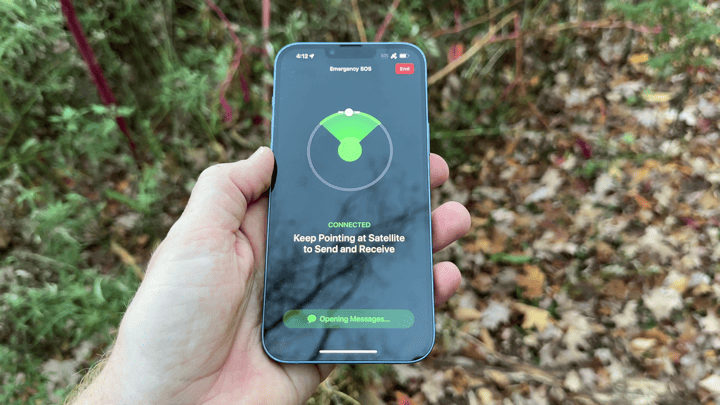
When Apple initially announced the Satellite Emergency SOS feature on the iPhone 14 last year, they said they’d give everyone two free years before…well…charging? They actually didn’t say what’d happen after the two free years. We all assumed there’d be a fee – but how that fee was integrated was very unclear, let alone what that fee might be.
(As a reminder, Apple’s Satellite SOS is the feature that lets your phone send short mostly-emergency messages via low-earth orbit satellites in areas without cellular coverage, more on my testing/etc here.)
And it appears Apple would prefer to kick this can down the road as well. Thus, Apple has announced that iPhone 14 years will get an additional free year of Satellite SOS, meaning that users will have till at least Nov 15th, 2025 before the first batch of US-based people reach the the now 3-year free period. Your free trial period starts whenever it was activated in your home country. So for countries like France or the Netherlands, where it wasn’t activated till later, your clock starts then instead. Here’s the list of current countries:
Australia, Austria, Belgium, Canada, France, Germany, Ireland, Italy, Luxembourg, the Netherlands, New Zealand, Portugal, Spain, Switzerland, the U.K., and the U.S
Oh, and for iPhone 15 peoples, the existing two-years free applies. Meaning that on the whole, Apple has deferred this potential-payment-problem decision till 2025. These days, the feature is available in the following countries, for both iPhone 14 and iPhone 15 users.
RideWithGPS Adds QuickNav:
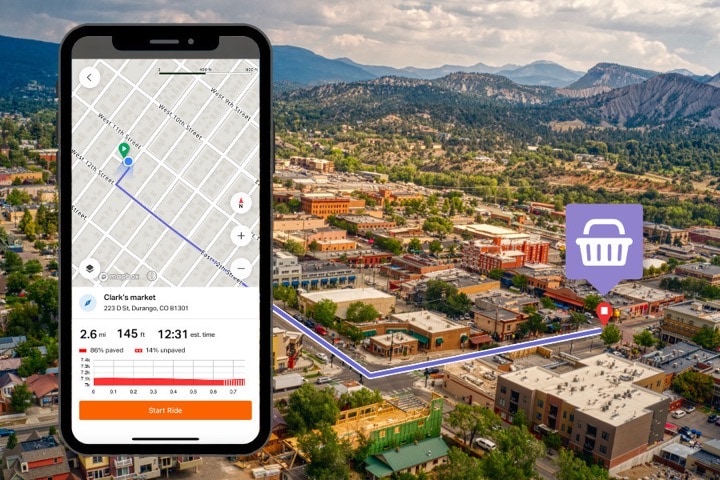
Finally, a quickie that just made the cut for this post today – which is cycling app RideWithGPS has added a new navigation feature that makes it easier to get where you’re going. In general, many people here will probably be using a dedicated cycling bike computer, but this is kinda the halfway point between that and the most basic option of Google/Apple Maps. So probably more likely to be used on a commuter bike than a race bike.
The core difference with an app like RideWithGPS is that it also has sensor support (even Garmin Varia radar integration), as well as uploads to all the various 3rd party platforms like a head unit (whereas Google Maps will most definitely not upload to Strava).
The update today adds a new ‘QuickNav’ feature that’s designed to act more like Google Maps in terms of you set your destination via simple long-press, and it’ll give you turn-by-turn directions in real-time, but more specifically actively update if you go off-course:
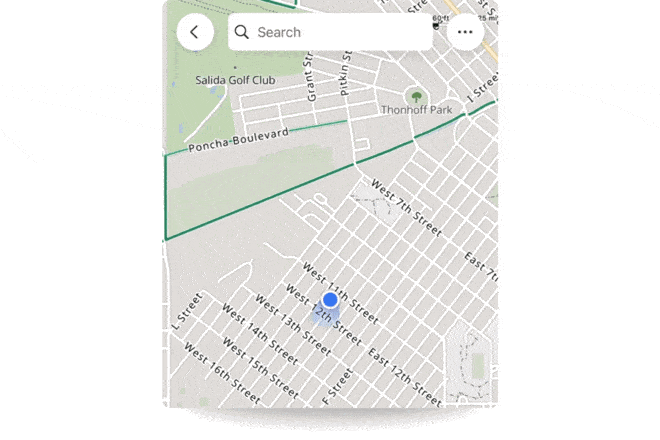
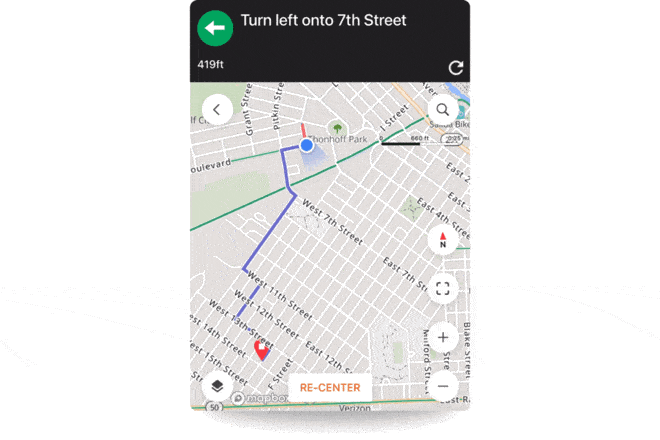
And then on the lock screen for iOS, you’ll also get a new widget that includes your typical ride stats, but also estimated arrival time at your destination.
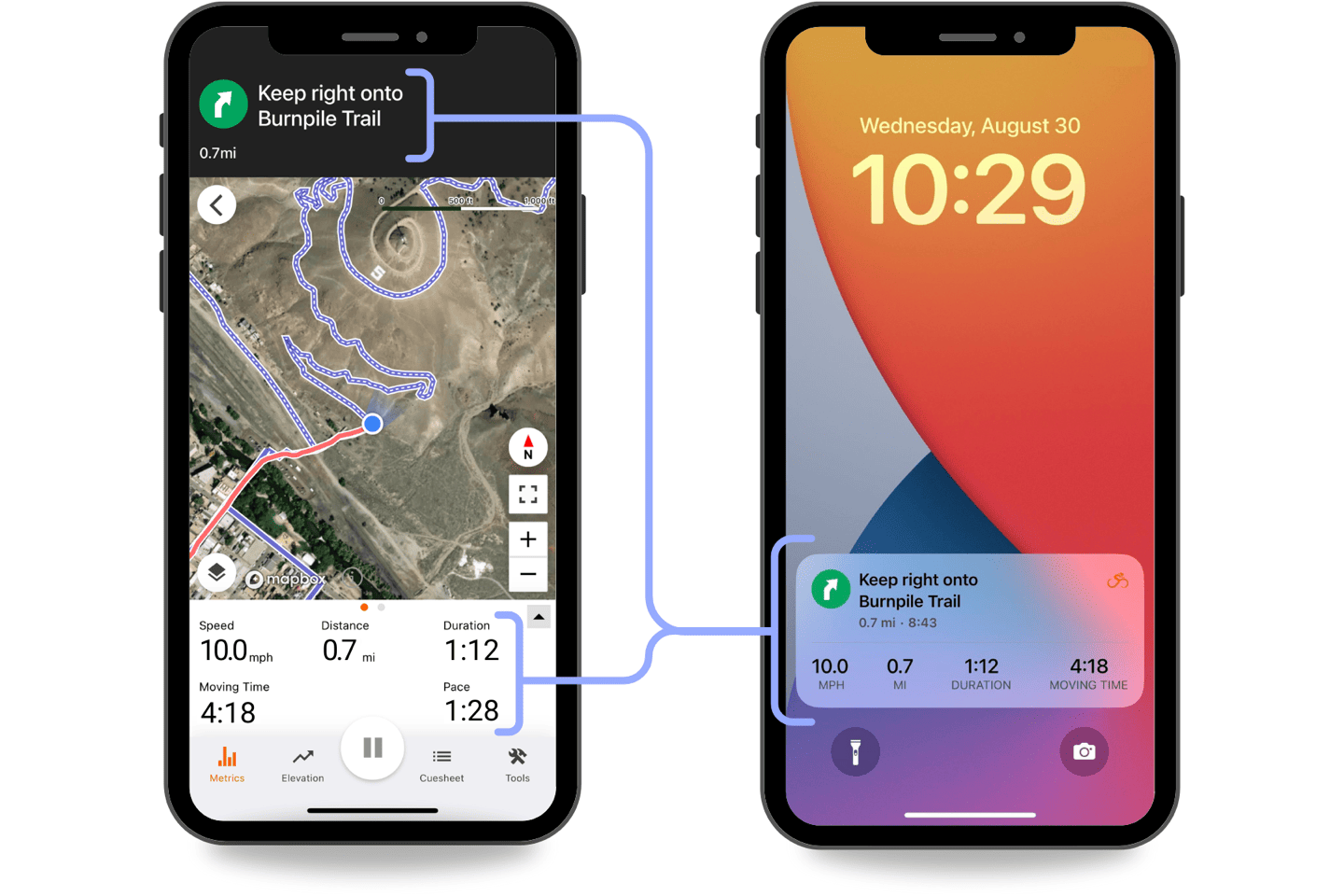
As noted above, I don’t tend to cover the cycling ride apps a ton, but this came across today at just the right moment and I thought it was interesting enough to mention. Especially since RideWithGPS was the first app out there to include cycling radar data back when Garmin initially opened that up to 3rd party apps via Bluetooth.
With that – thanks for reading!


0 Commentaires